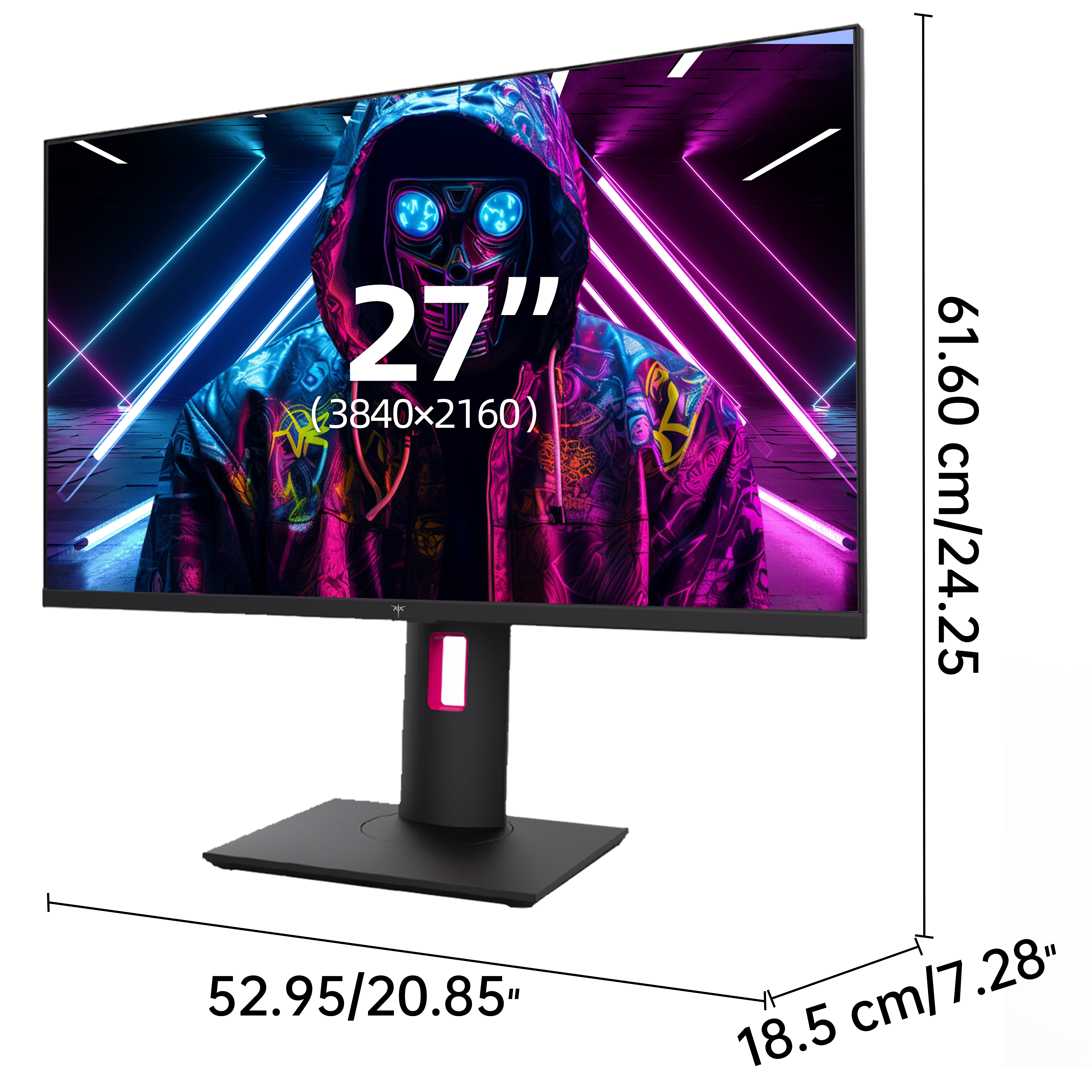Unlock Your Ultimate Viewing Experience: The Secret To Choosing The Perfect IPS Monitor!
In today's digital age, the quality of our screens can drastically alter our viewing experiences, whether for work, gaming, or binge-watching our favorite shows. Enter IPS (In-Plane Switching) monitors, a technology that has gained immense popularity among users seeking vibrant colors and wider viewing angles. Unlike traditional monitors, IPS technology offers superior color accuracy and consistency, making it the go-to choice for graphic designers, gamers, and casual users alike. As more people recognize the benefits of IPS monitors, it becomes essential to understand what makes them stand out and how to choose the perfect one to enhance your visual experience.

Understanding IPS Technology
At its core, IPS (In-Plane Switching) technology is a type of LCD (Liquid Crystal Display) that enhances the viewing experience by aligning liquid crystals in parallel to the glass substrate. This alignment allows for better color reproduction and wider viewing angles compared to other display technologies like TN (Twisted Nematic) or VA (Vertical Alignment). One of the most significant advantages of IPS monitors is their ability to maintain color accuracy even when viewed from skewed angles, making them ideal for collaborative work environments or multi-monitor setups. Additionally, IPS displays typically offer better color consistency across the screen, allowing users to appreciate the nuances of their content without distortion. This makes them particularly favored by creative professionals who rely on precise color matching.
Key Features to Consider When Choosing an IPS Monitor
When on the hunt for the ideal IPS monitor, several key features should be considered to ensure a satisfying viewing experience. These include resolution, refresh rate, response time, and color gamut. Each of these elements plays a crucial role in determining how enjoyable and effective your monitor will be, especially if you plan to use it for specific tasks like gaming or graphic design.
Resolution
Resolution is one of the most critical aspects to consider when choosing an IPS monitor. Higher resolutions, such as 1080p (Full HD), 1440p (QHD), or 4K (UHD), provide sharper images and more detail, enhancing the overall clarity of the content. For instance, I remember when a friend switched from a standard 1080p monitor to a 4K IPS display for his graphic design work. The increased detail allowed him to see finer elements in his designs, which significantly improved his productivity and creativity.
Refresh Rate and Response Time
Refresh rate and response time are crucial features, especially for gamers or those who watch fast-paced content. Refresh rate, measured in Hertz (Hz), indicates how often the image refreshes on the screen. A higher refresh rate, such as 144Hz, results in smoother motion and less motion blur. Similarly, response time, measured in milliseconds (ms), refers to how quickly a pixel can change from one color to another. A lower response time is vital for competitive gaming, where every millisecond counts. My friend who is an avid gamer recently upgraded his monitor to a 144Hz IPS model and noted a significant improvement in his gameplay experience, particularly in first-person shooters where quick reactions are essential.
Color Gamut
The color gamut refers to the range of colors a monitor can display. A wider color gamut ensures more accurate color reproduction and richer visuals. IPS monitors often cover a broader spectrum of colors, which can be especially beneficial for users who work in creative fields or enjoy high-definition movies. Understanding color gamut can help you appreciate why some monitors are more suited for professional work than others.
Comparing IPS Monitors
When comparing different IPS monitors, it's essential to take a structured approach to ensure that you make an informed decision. Start by reading reviews from credible sources and considering user experiences. Look for feedback on performance, color accuracy, and durability. Additionally, visiting a physical store to view the monitors in person can provide you a better sense of their visual quality. My colleague, who recently purchased an IPS monitor, emphasized the importance of seeing the display firsthand to gauge its color vibrancy and clarity before committing to a purchase.
Common Misconceptions About IPS Monitors
Despite their growing popularity, several misconceptions about IPS monitors persist. One common myth is that IPS monitors are prohibitively expensive. While there are high-end options, many affordable IPS models deliver excellent performance. Another misconception is that IPS monitors aren't suitable for gaming due to slower response times; however, advancements in technology have led to many IPS monitors designed specifically for gamers, featuring fast response times and high refresh rates. Finally, some believe IPS monitors are only suitable for professional work, but their versatility makes them an excellent choice for general use, gaming, and entertainment as well.
Making an Informed Choice for Your Viewing Needs
Choosing the right IPS monitor is crucial for enhancing your overall viewing experience, whether you're a gamer, a professional designer, or just someone who enjoys high-quality visuals. By understanding the key features of IPS technology, including resolution, refresh rate, response time, and color gamut, you can make a more informed decision. Remember to compare different models and consider user experiences to find the perfect fit for your needs. Ultimately, investing time in research will lead you to an IPS monitor that not only meets but exceeds your expectations, ensuring that every visual experience is nothing short of spectacular.





